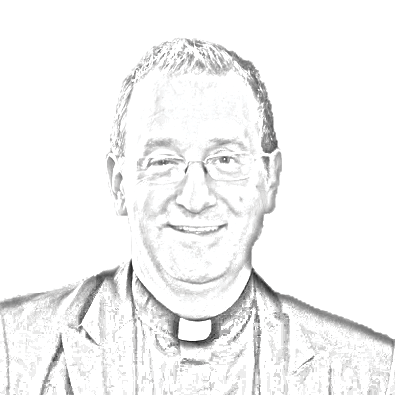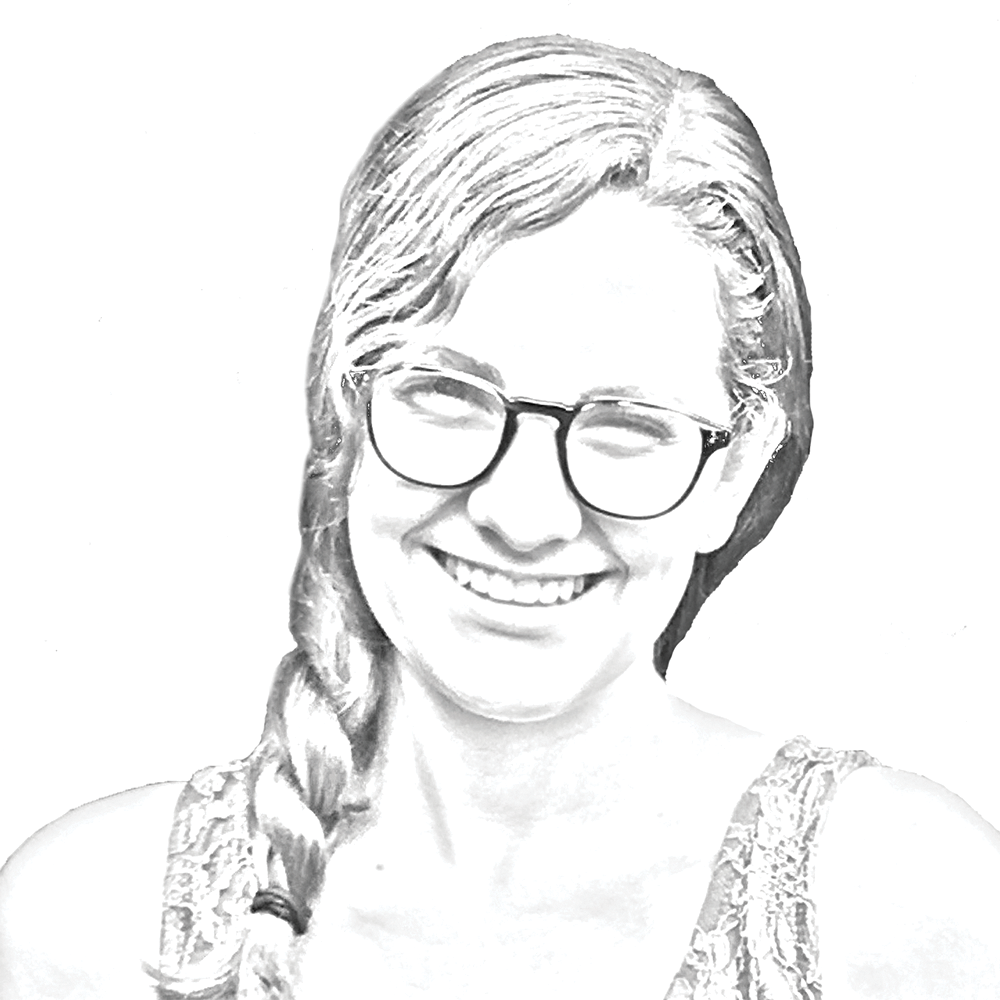“Two recent letters on your editorial page,” wrote Fr. Robert Henle, S.J., then Georgetown’s president, in the Catholic Standard in 1974, “have accused Georgetown University of in some way capitulating to pressure from homosexuals … This we refused to do. We will continue to refuse to do it.”
Henle’s sharp response came in the wake of gay students’ first attempts to organize at Georgetown, and it was not inaccurate. The university had in no way capitulated to the demands of gay students. If anything, the university had responded to gay students’ demands a year earlier as unequivocally as Henle had responded to the Standard in 1974.
In February 1973, the director of student activities told gay students that “the recognition of any homosexual group is completely inconsistent with the ideals and stated policy of the university.”
When students appealed to the vice president for student development, she flatly responded that homosexuality was “absent behavior resulting from maladjustment.” By the end of the month, student organizers had retained the American Civil Liberties Union.
Even as gay students weighed their options, their activism had thrust them into the spotlight on campus. There, they found themselves unusually exposed and increasingly under siege.
One member of the psychology department expressed concern that gay students would confuse other students into becoming homosexuals — an outcome to be avoided. Campus ministry shared his fear, worrying that too many students were going public too quickly. As an alternative to organizing, administrators recommended that gay students “avail themselves of psychiatric services.”
Their concerns and suggestions did not prove entirely without practical merit. Students and administrators alike exercised an unusual degree of cruelty against gay students in light of their increasing presence on campus.
In an article in which The Hoya labeled gay students “the outcasts of Georgetown,” Bill Appert (CAS ’74) — one of the students organizers behind these first attempts — recalled residential staff discovering that he was in a relationship with another gay student. His RA and housemaster called him into a meeting to warn him against gay behavior.
Others were treated much more cruelly. Speaking to The Voice, one student — Oscar — recalled the period as a particularly trying one: “Several gays were beaten up, one transferred and there was a great deal of homophobia.”
One student shared his views on gay students anonymously: “[It’s] not natural and it’s wrong. I wouldn’t want to be with heroin addicts or murderers either.”
Another student recalled her roommate moving out after she had been outed. She asked whether straight students at Georgetown could know what it was like to be told by a roommate that “she just can’t be seen living with you.”
Later attempts at organization suffered from similar responses. In 1979, the President of Gay People of GU was attacked and chased out of Lau while flyering and gay members of the community saw their residences vandalized. Gay students were only able to finally gain official recognition after a protracted legal battle with the university ended with the intervention of District Mayor Marion Barry.
The LGBTQ Resource Center came into being only after students’ furious response to Georgetown’s shameful response to a hate crime.
The university neglected to alert students after a bigoted assault sent a student to the hospital. Students clad in the now-ubiquitous “I am” shirts headed to Healy Hall, infuriated that they had learned of the incident only after the students responsible were arrested by the Metropolitan Police Department. When they got there, the Department of Public Safety barred them from entering. Even with its inadequate handling of the issue cast in the limelight, the university seemed to move reluctantly.
What is the moral of this sad story? LGBTQ students have fought and suffered for every single benefit they possess on this campus. GU Pride and the LGBTQ Resource Center are victories that belong to students. They’ve earned them.
Recent proposals, however, have threatened to undercut student ownership of these victories. Administrators seem keen on a reshuffle of resources related to diversity. When the university ungracefully floated the idea of consolidating the Women’s Center, LGBTQ Resource Center and CMEA, students responded clearly: No.
The students’ answer deserves to carry the day here. If the university does genuinely want to seek ways to improve these valuable resources, it should retrain the focus of its efforts and engage transparently and originally with students. Otherwise, it should back down; students have already shown that they won’t.




















